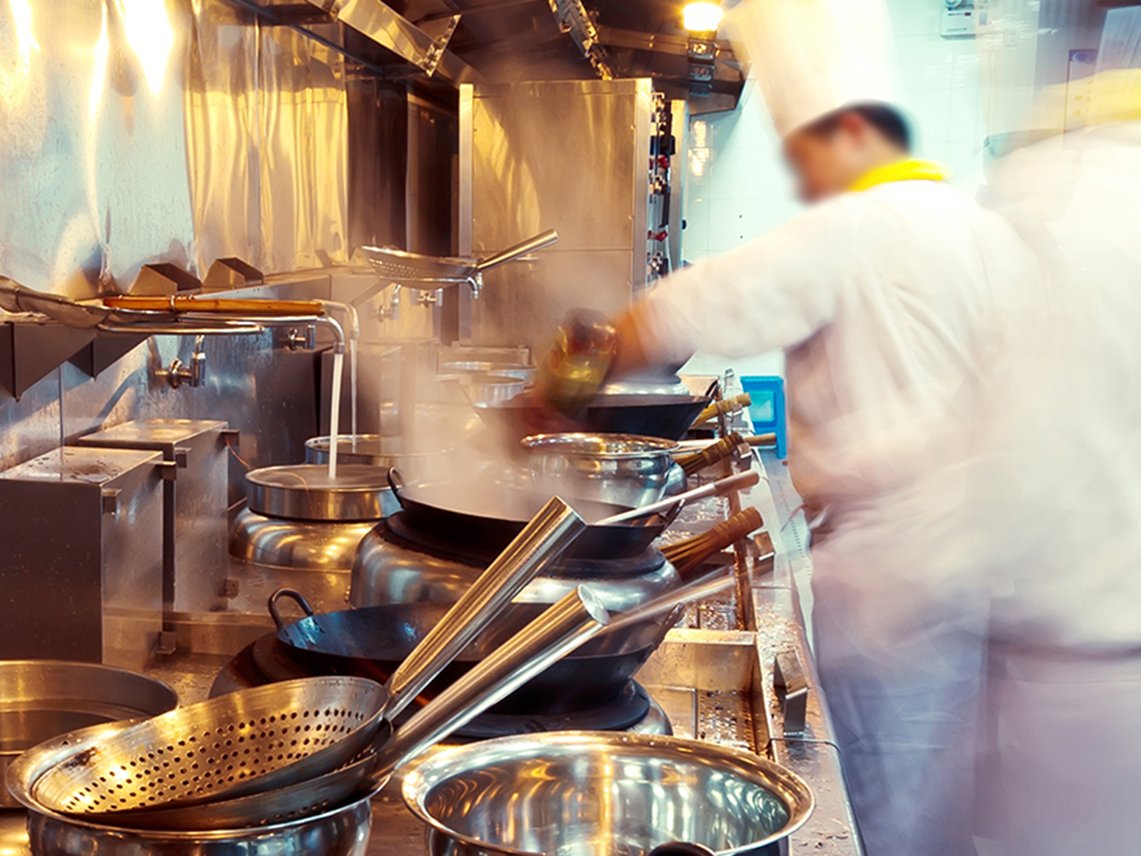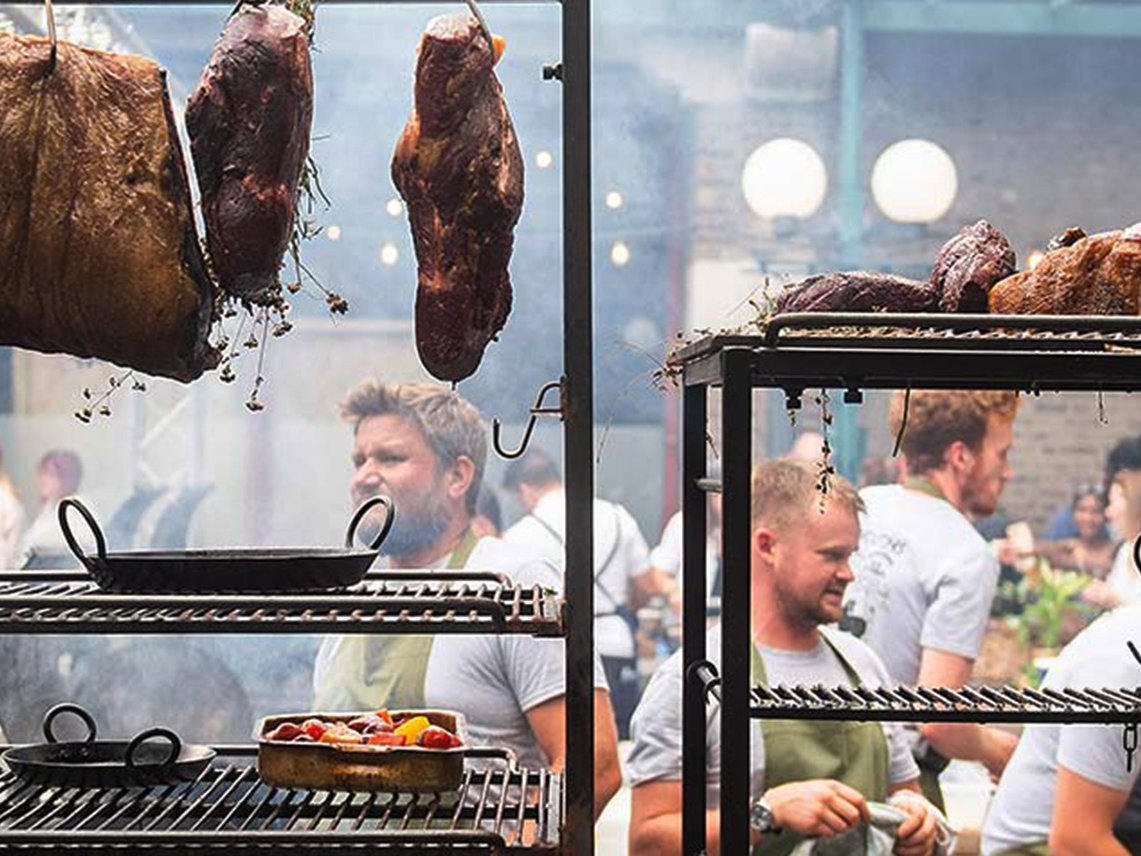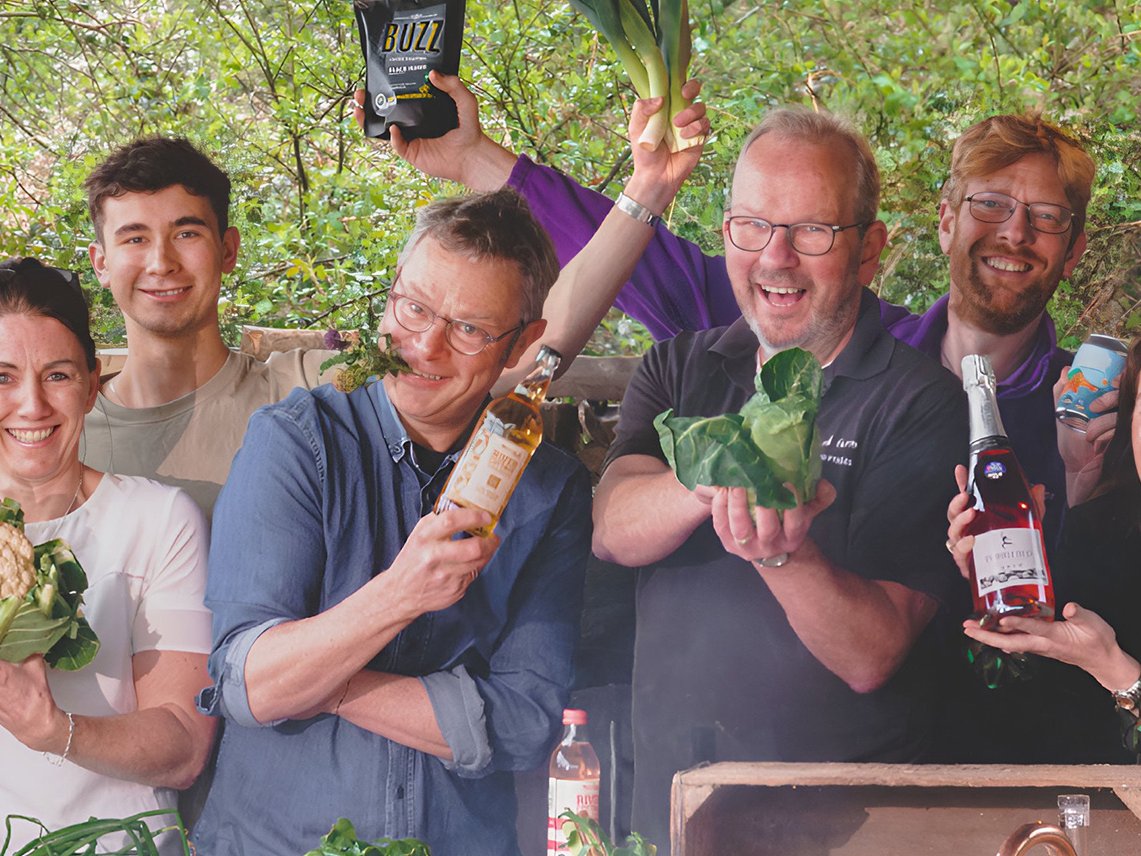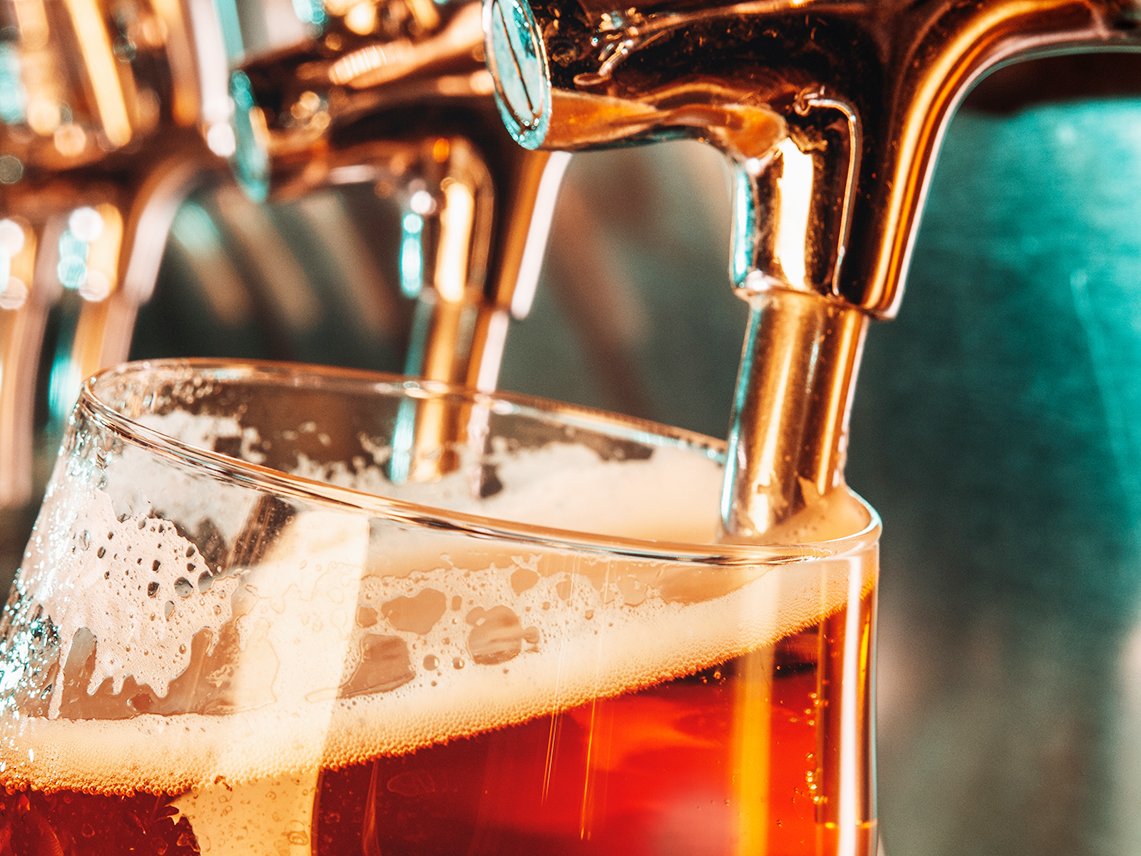UK Wine Production Could Grow due to Climate Change
Conditions in the UK could resemble those in growing regions of Germany and France, new research reveals.
Climate change is leading to natural disasters and having a dramatic impact on the lives of many. But now, new research reveals how it might also increase the potential for wine production in the UK. A team of researchers from the University of East Anglia (UEA), the London School of Economics, Vinescapes Ltd and Weatherquest Ltd have charted the potential for the sector over the next 20 years. Drawing on the latest climate projections, they have developed the capability to model and map the best opportunities for grape growing and winemaking in the UK.
Potential for high-quality production
Their findings, published recently in the journal OENO One, show how the climate of a larger area of England and Wales is projected to become suitable for reliably growing grape varieties for sparkling wines, as well as how the potential for the high-quality production of still wine is rapidly evolving.
“We found that significant parts of England and Wales are projected to become warmer by 2040, with temperatures rising by as much as 1.4°C during the growing season”, said Alistair Nesbitt, the study’s lead author of the wine consultancy Vinescapes Ltd. “This expands the area of suitability for Pinot Noir for sparkling wine production, but new areas will also open up within the growing season temperature suitability range for still Pinot Noir production and for growing varieties such as Sauvignon Blanc, Riesling, Semillon and more disease-resistant grapes, which are rarely grown in the UK at present”.
Award-winning wine production
Over the last 20 years, climate change has already contributed to growth in UK vineyards by area and to award-winning wine production, as well as a transition in wine style towards sparkling wines. »We’ve seen viticulture in the UK expand nearly 400 per cent from 761 to 3800 hectares between 2004 and 2021«, said UEA researcher Prof Steve Dorling. Over that period, the warmer climate has supported much more reliable yield and quality of the Pinot Noir and Chardonnay grapes.
Areas in East Anglia, Lincolnshire, south-central England, north-east Wales and coastal areas in south-west England and southern Wales are projected to have 2018 »conditions« during 2021–2040 in 60–75 per cent of years, meaning the exceptional 2018 vintage will become a more common occurrence. Large areas in south-eastern and eastern England are projected to come into a suitable range to allow still red Pinot Noir production. The projected rises in growing season temperature now indicate the new and increasing opportunity for production in some areas.
Challenges remain
Researchers do, however, warn that significant challenges remain, arguing that the rapidly changing UK climate will require the industry to stay agile. In addition, British weather can still be unpredictable, as the 2012 vintage demonstrated when a lot of UK grape production was lost due to the cool and very wet flowering period. Year-to-year climatic variability will remain, including early-season frost risk, even if the longer-term trends seem promising.
The Climate Resilience in the UK Wine Sector (CREWS-UK) project was funded by the Natural Environment Research Council as part of the UK Climate Resilience Programme.












